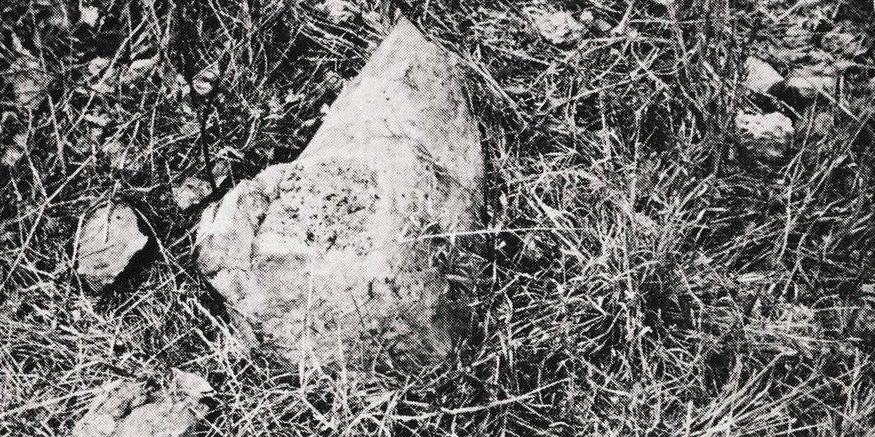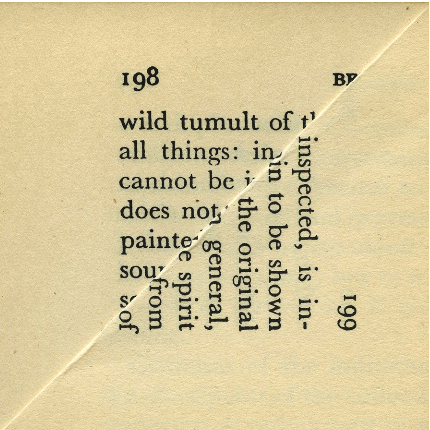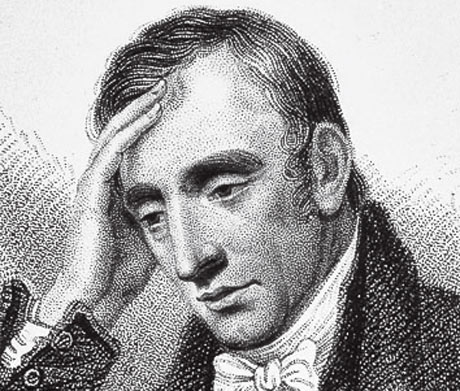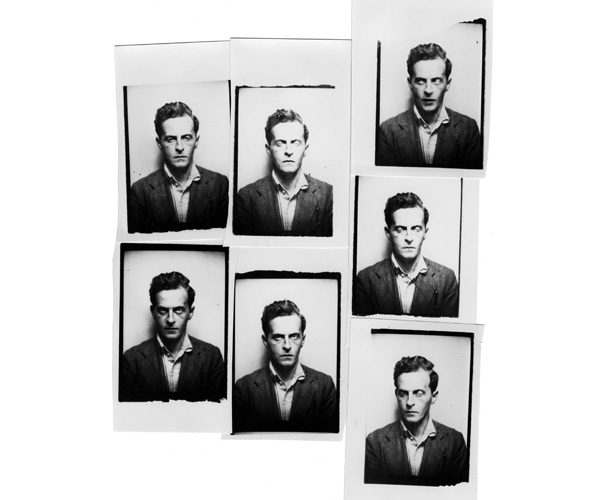Quarrelsome: Response to Camp, Harold, and Chodat

[T]alk of universal themes glazes the eyes because such themes always disappear when looked at closely. And they do so because they have neither formal nor phenomenal properties. But we needn’t be detained by themes in order to soften the habitual detachment of critical reading. Neither critical reading nor philosophical argument has to forswear literary experience; indeed it is likely such experience has a form illuminated by each.
Wittgenstein, the Human Face, and the Expressive Content of Poetry: On Bernard Rhie and Magdalena Ostas

[T]he Cartesian points to the source in the inner world; the behaviorist points to the embodied movements of the outer world; the classical expressionist points with the Cartesian to the inner determinants of content; the appearance emotionalist points with the behaviorist to the outward determinants of content. Simply put, both pairs of theorists have buried in their conceptual substrates a picture that they share in common beneath their more visible differences.
Issue #4: No Quarrel (Part 2)

This issue of nonsite presents the continuation of a conversation between literary scholars and philosophers, revisiting the ancient quarrel between literature and philosophy in a modern disciplinary context. These essays are revised and extended versions of papers originally delivered at “No Quarrel: Literature and Philosophy Today,” a conference organized at Boston University in April, 2011 by Robert Chodat and Oren Izenberg, and sponsored by the BU Humanities Foundation. The first five essays may be viewed here.
Issue #3: No Quarrel (Part 1)

This issue of nonsite presents a conversation between literary scholars and philosophers, revisiting the ancient quarrel between literature and philosophy in a modern disciplinary context. Edited by Oren Izenberg and Rob Chodat.
Wordsworth’s Prelude, Poetic Autobiography, and Narrative Constructions of the Self

Narratives are indeed a crucial tool by which many of us make sense of our lives. The problem comes in identifying selves too directly with the lives they live. If we drop the insistence on life-long autobiographies in favor of many short overlapping stories, we can hew more closely to the role narratives typically play in everyday self-representations; but then we also stand in need of a new criterion for unifying those stories into a coherent self.
Wordsworth, Wittgenstein, and the Reconstruction of the Everyday

The dominant question that has troubled readers of both Wordsworth and Wittgenstein on the topic of common language, its forms of expression, and its situatedness in the world consequently has been similar: Whose language shall count as the “real” or “everyday” one, and with what authority or under which criteria do I assert the commonality and commonness of this language? Put differently: Which words are to act as representative of real or everyday language, what is supposed to be, as Wordsworth has it, the very (the “empirical,” let’s say) or what J. L. Austin might have called the actual language of men?
Issue #3: No Quarrel (Part 1)

This issue of nonsite.org presents a conversation between literary scholars and philosophers, revisiting the ancient quarrel between literature and philosophy in a modern disciplinary context. These essays are revised and extended versions of papers originally delivered at “No Quarrel: Literature and Philosophy Today,” a conference organized at Boston University in April, 2011 by Robert Chodat and Oren Izenberg, and sponsored by the BU Humanities Foundation. Half of the essays appear now; five more will appear in November, along with responses to the issues they raise.
Wittgenstein on the Face of a Work of Art

There is, so to speak, an internal relation between our theories of psychological expression and our theories of aesthetic expression. If we therefore want to hold on to the thought that art is, in fact, expressive, a great deal will depend on how we understand the expressiveness of the human figure. Yet at the same time, if we are convinced that art is not expressive (for whatever theoretical reasons), then that may, in turn, influence the way we see the human body itself: perhaps draining not only works of art, but the human body too, of their expressive powers.
Literature, Genre Fiction, and Standards of Criticism

To suggest that literature is simply another genre of fiction, like the Western or the Romance, is to ignore a fact that…genres are distinguished from one another principally by looking at the story-type, the plot. Insofar as works of literature fall into distinct types, they do so on the basis of features other than plot, such as theme or character. So different kinds of great literature may indeed be categorized as falling into certain “types,” but these types are not thereby genres, because genres are distinguished from one another according to their plot. This matters because plots are powerful emotion-producing machines.
The American Evasion of Pragmatism: Souls, Science, and The Case of Walker Percy

It is the scientist’s “being-in-the-world” that allows her to describe planets and bacteria, “things and subhuman organisms,” but the “being-in-the-world” of the layman occupies what Percy calls a “different sort of reality,” resting upon the linguistic and social ties that constitute a “non-material, non-measurable entity.” And what holds true of our triadic relationships also goes for us as individuals. A “material substance cannot name or assert a proposition,” which accordingly means, Percy concludes, that “the initiator of a speech act” is also something that the natural sciences are incapable of recognizing: “The agent is not material.”
